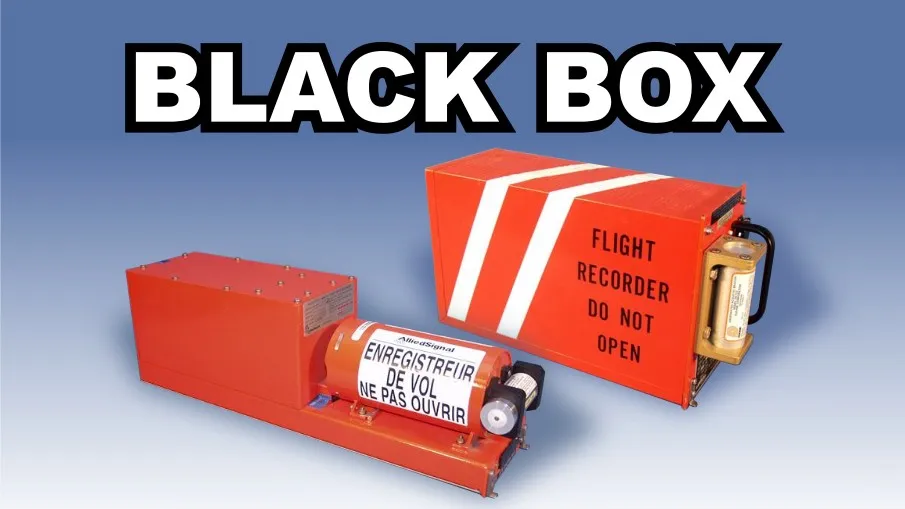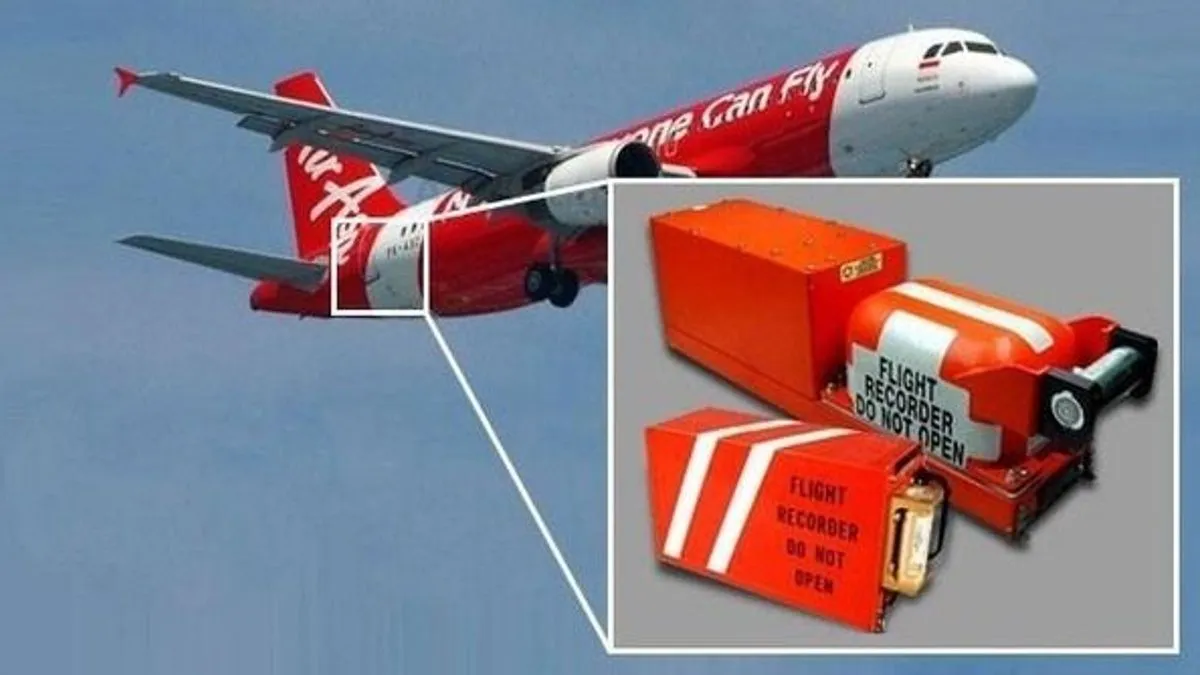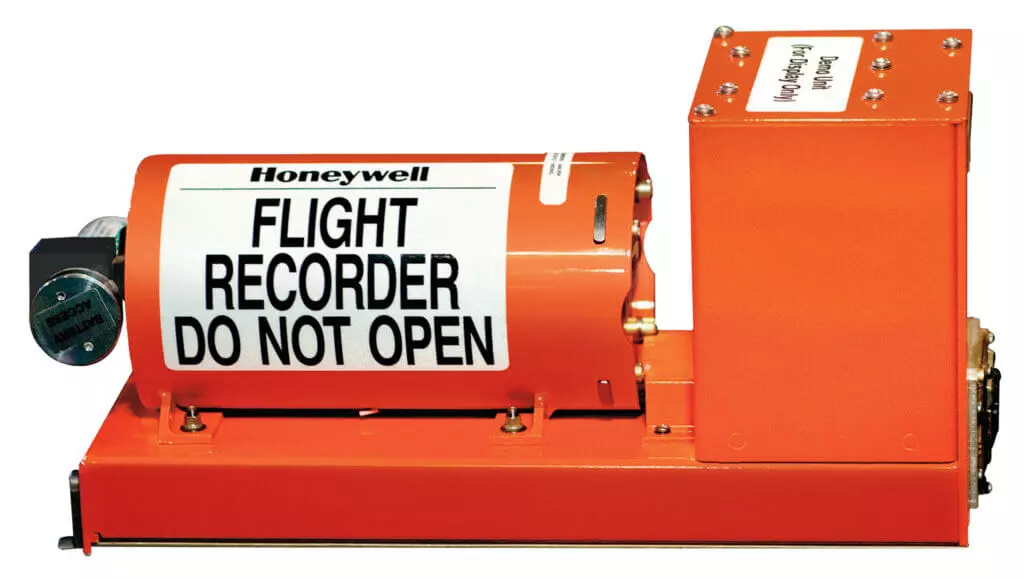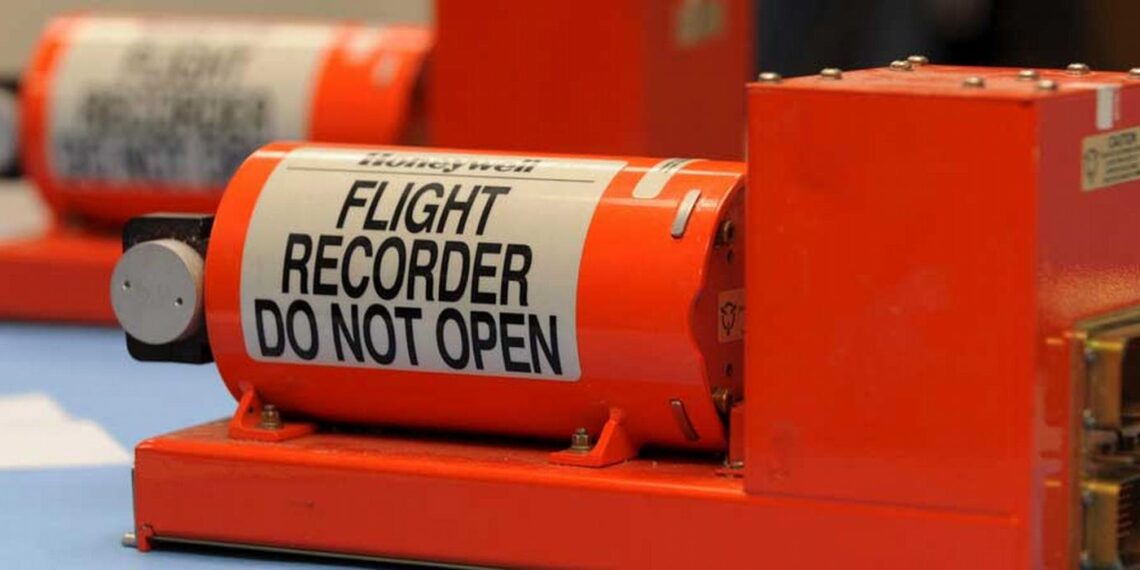When aviation accidents make headlines, investigators immediately search for the “black box.” But what exactly is this critical piece of equipment, and why is it so important for flight safety?
| Feature | Details |
|---|---|
| What is a Black Box? | A flight recorder system that captures flight data and cockpit audio. |
| Components | 1. Flight Data Recorder (FDR) 2. Cockpit Voice Recorder (CVR) |
| Purpose | To investigate accidents/incidents by analyzing recorded flight information. |
| Color | Bright orange (not black) for visibility in wreckage. |
| Location | Usually placed in the tail section of the aircraft for protection. |
| Data Stored | Altitude, speed, engine performance, control inputs, crew conversations. |
| Recording Duration | CVR: Last 2 hours FDR: 25+ hours of flight data |
| Crash Survivability | Built to withstand high impact, fire (up to 1,100°C), and deep-sea pressure. |
| Transmission | Emits a locator beacon (underwater pinger) for ~30 days after a crash. |
| Importance | Critical tool for air safety investigations and improving flight systems. |
Table of Contents

What is an Airplane Black Box?
An airplane black box isn’t actually black – it’s bright orange to make it easier to find in wreckage. The term “black box” refers to flight recorders, sophisticated devices that continuously capture crucial flight data and cockpit conversations during every flight.
The Two Types of Flight Recorders
Every commercial aircraft carries two separate recording devices:
Flight Data Recorder (FDR): This device monitors and records hundreds of flight parameters including altitude, airspeed, engine performance, control surface positions, and environmental conditions. Modern FDRs can track over 1,000 different data points throughout the flight.
Cockpit Voice Recorder (CVR): This system captures all audio in the cockpit, including pilot conversations, radio communications, and ambient sounds. The European Aviation Safety Agency increased the recording duration to 25 hours in 2021, providing investigators with extensive audio evidence.

Why Are Black Boxes So Important?
Flight recorders play an important role in aviation safety by storing data about the airplane, allowing investigators to analyze what happened if an accident occurs. These devices help determine the cause of accidents, leading to improved safety protocols and aircraft design modifications.
The information collected helps investigators understand:
- Pilot actions and decision-making processes
- Aircraft system performance
- Environmental conditions during the incident
- Communication between crew members and air traffic control

How Do Black Boxes Survive Crashes?
Black boxes are engineered to withstand extreme conditions, including
- Temperatures up to 2,000°F for one hour
- Impact forces of 3,400 Gs
- Crushing pressure of 5,000 pounds per square inch
- Immersion in water for 30 days
The History of Flight Recorders
Dr. David Warren of Aeronautical Research Laboratory invented the world’s first black box flight recorder in 1953. Since then, flight recorder technology has undergone remarkable evolution from photographic film to cutting-edge solid-state memory.
Modern Black Box Technology
Today’s flight recorders use solid-state memory systems that are more reliable and durable than older magnetic tape systems. In 2023, the FAA proposed extending recording requirements to 25 hours to help in investigations like runway incursions.
Flight recorders remain one of aviation’s most crucial safety tools, providing invaluable insights that continue to make flying safer for everyone.








